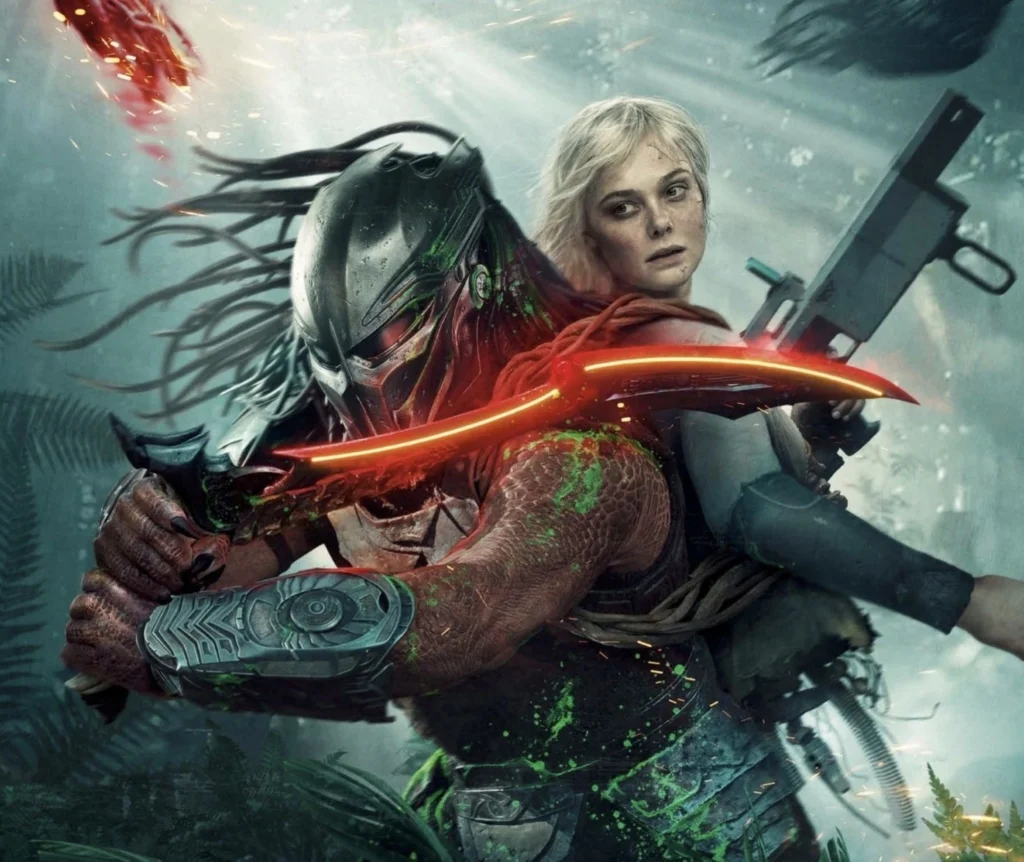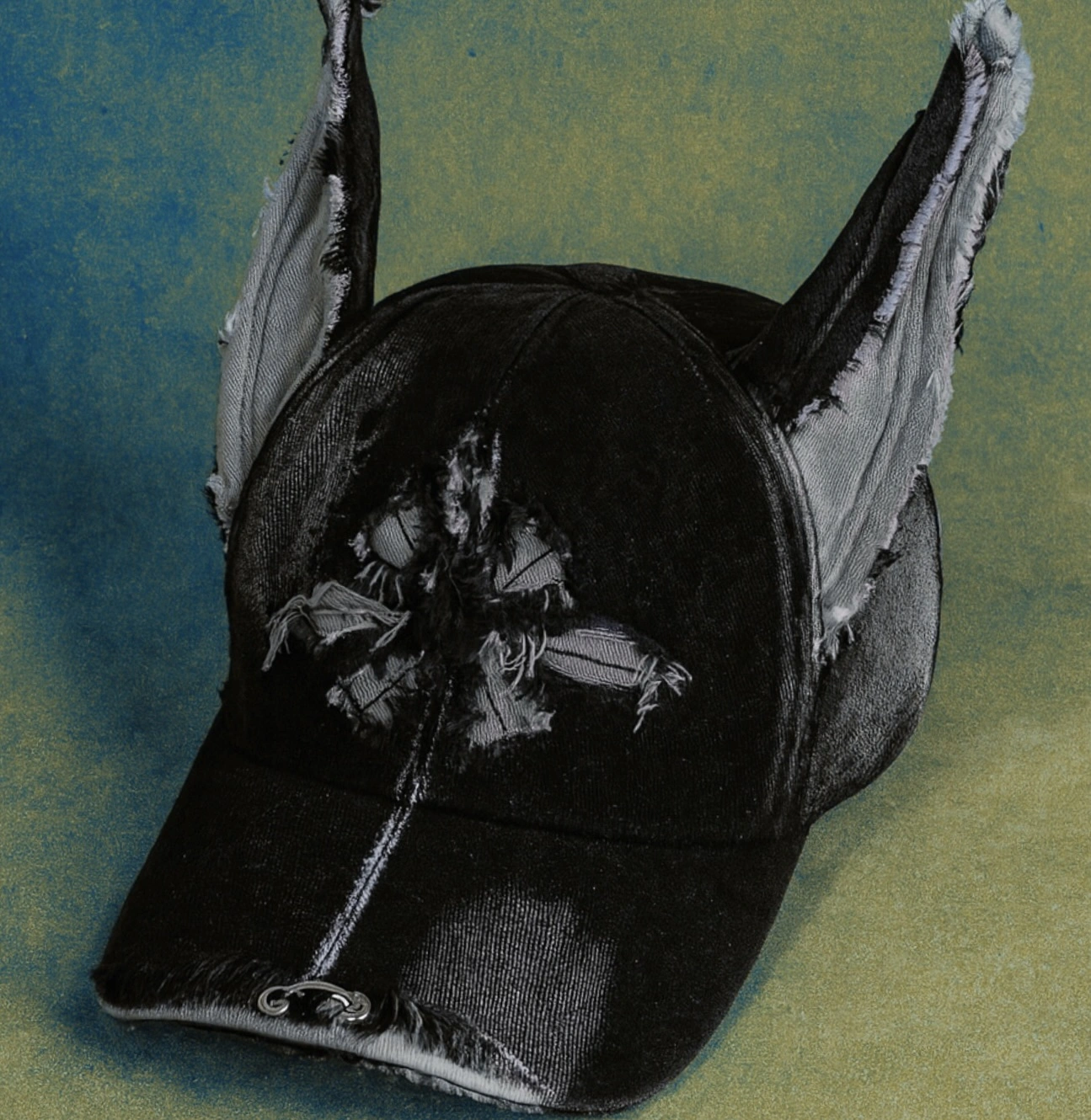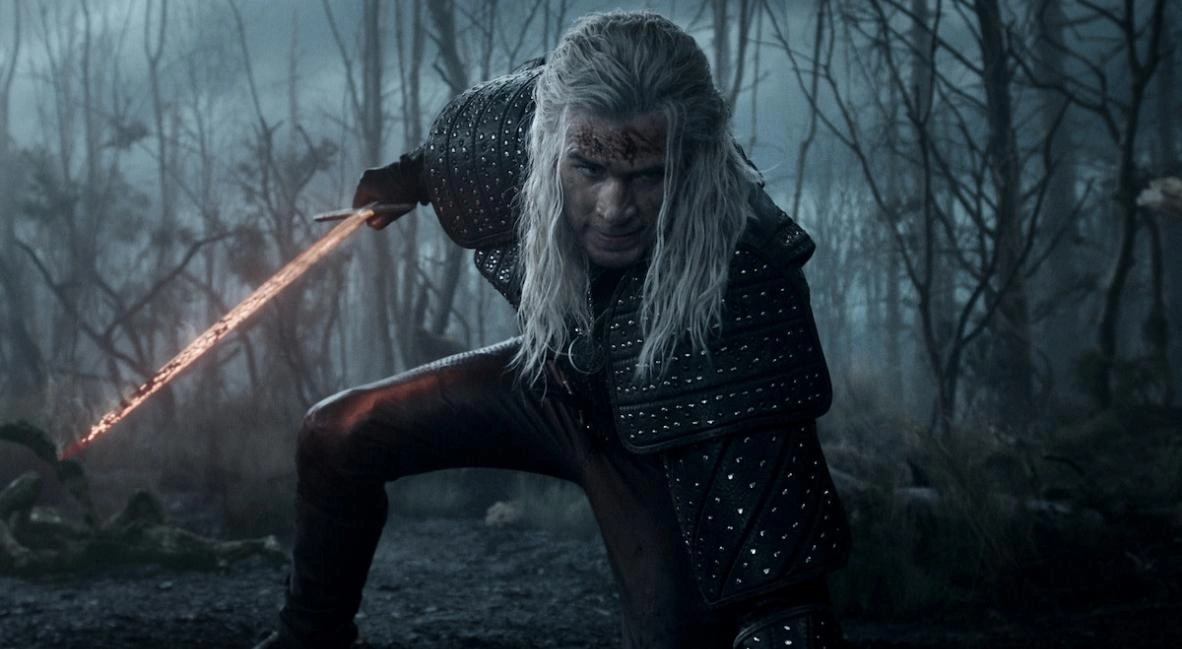The Predator universe has always thrived on the primal dance between hunter and hunted. Since 1987, its mythos has circled the same orbit: humans confronting the incomprehensible violence of an extraterrestrial species devoted to the art of the kill. Yet, after nearly four decades, repetition threatens stagnation. Predator: Badlands, directed by Dan Trachtenberg and slated for late 2025, marks a decisive break. For the first time, the Predator becomes the protagonist, and the film abandons Earth altogether. What emerges is not another survival horror but a mythic portrait of exile, redemption, and the cost of the hunt.
a world beyond humans
Every earlier entry revolved around human desperation, whether in jungle warfare, city chaos, or colonial frontiers. Badlands discards that pattern completely. Its story unfolds on a remote planet within the Predator’s own cosmos, a terrain of blistering deserts and storm-lit canyons where even the ground seems predatory. The title captures both geography and psychology: a place of punishment and trial, the proving ground of outcasts.
The central figure, Dek, is a young Yautja cast out from his clan for failing his initiation kill. Stripped of armor and purpose, he wanders the Badlands seeking a foe worthy enough to reclaim his honor. His companion is Thia, an abandoned android carrying fragments of human memory—songs, fears, fragments of empathy that the Predator can barely understand. Together they form an alliance born of necessity, each incomplete, each learning survival through the other’s logic.
inversion as evolution
By shifting perspective to the alien side, Badlands dismantles the anthropocentric scaffolding that defined the series. No soldiers, no governments, no Earthly wars—only a culture defined by its own code of glory and shame. The film thus transforms the familiar hunt into something closer to ritual self-discovery. Dek is no longer the unseen menace stalking humans; he is the one being hunted, pursued by rival clans and monstrous native fauna. The spectacle of violence becomes an interior one, measured in choice and consequence rather than body count.
This inversion reshapes tone and pacing. Silence replaces dialogue; gesture replaces exposition. The Predator language, newly constructed for the film, is guttural yet expressive, enabling emotional nuance behind the mandibles. Through Dek’s wordless evolution, the audience encounters a moral universe where honor and extinction blur into the same pursuit.
lang
Visually, Badlands trades the tropical greens and urban neon of its predecessors for scorched hues—ochre dust, indigo storms, bioluminescent flora. The planet feels alive yet hostile, an organism testing all who cross it. The cinematography evokes westerns as much as science fiction, framing the solitary Predator against twin suns and endless horizon.
Sound design completes the immersion. Instead of a conventional score, the film pulses with deep resonant drones, bone percussion, and distorted metallic winds. Predator clicks merge with the planet’s ambient hum, creating a rhythm that feels both mechanical and organic. Each roar or breath carries emotional weight, transforming noise into communication.
Trachtenberg’s decision to rely heavily on practical suits and minimal digital augmentation grounds the film in physicality. The Predator no longer appears as CGI spectacle but as tactile presence—scarred, exhausted, tangible.
character through survival
Dek’s transformation drives the narrative. His exile strips him of technology, forcing a confrontation with his own nature. In earlier films, the Predator’s morality was opaque; here it becomes tragedy. His alliance with Thia offers a mirror—her synthetic compassion against his biological aggression. Their relationship unfolds without romance or sentiment, defined instead by shared necessity. She interprets his gestures as command, he interprets her fear as weakness, yet together they construct a fragile equilibrium that keeps them alive.
Through her fragmented memory of humanity, Thia becomes a conduit for reflection. When she hums an ancient Earth melody, Dek’s stillness signals recognition. In these wordless moments the film finds its heart, suggesting that survival, not victory, is the highest form of intelligence.
flow
The Predator franchise has long equated mastery with carnage. Badlands reframes that ethos. The fights are choreographed not as spectacle but as dialogue—each strike an exchange, each kill a confession. The PG-13 classification, achieved through abstraction rather than restraint, reinforces this approach. Alien fluids replace human blood; color and light become metaphors for consequence.
When Dek faces a colossal creature in the film’s midpoint—part serpent, part machine—the battle unfolds in near silence, illuminated only by the iridescent spray of alien blood. The absence of human victims redirects attention to rhythm and form. Violence becomes dance, ritual, and ultimately revelation.
mythic undertones
Beneath its science-fiction veneer, Badlands functions as a myth of exile and return. Dek’s journey mirrors classic heroic structures: fall, trial, enlightenment. His clan’s code of honor parallels human notions of redemption, turning the Predator from symbol of fear into vessel for universal archetype.
The Badlands themselves operate as metaphor—a planet that consumes its own predators, echoing ecological cycles and moral consequence. Thia’s presence introduces memory into this ecosystem of amnesia, suggesting that empathy, even between incompatible beings, might be the rarest survival skill of all.
In that sense, the film extends the trajectory begun by Prey, moving from human heroism against alien threat toward mutual recognition across species. It replaces dominance with coexistence, vengeance with self-knowledge.
a franchise reborn
From a broader perspective, Predator: Badlands represents a strategic turning point. By shifting the lens away from humans and toward the Yautja, the series gains new narrative territory—anthropology instead of horror, culture instead of carnage. The creative team positions it not as an endpoint but as the foundation for future mythologies exploring Predator civilization, its rituals, and its eventual downfall.
This expansion aligns the franchise with contemporary cinematic trends that humanize monsters and villains, transforming them from antagonists into moral subjects. The risk is clear: audiences may miss the familiar tension of commandos versus creature. Yet the potential reward—a reinvigorated universe of stories untethered from Earth—could redefine the series for another generation.
impression
Predator: Badlands is not merely another hunt; it is a reckoning. By granting the Predator voice, vulnerability, and purpose, the film turns spectacle into introspection. Its barren landscapes replace jungle chaos with existential solitude. Its violence reveals meaning instead of mayhem.
For the first time, the creature that once represented fear becomes mirror and metaphor—a being searching for its place within a cosmos of predators. The result is both familiar and foreign, as if the franchise has finally stepped into the terrain it always implied but never dared to explore.
In the end, the Badlands are less a location than a state of mind: the desolation between what we were and what we might become. Within that emptiness, the Predator learns to see not prey, but possibility.
No comments yet.








